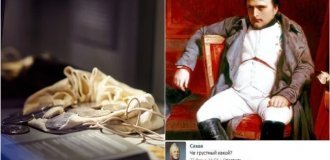Powerful photos of how they tried to conquer the Arctic in the 19th century (21 photos)
Bright photographs about what life was like for polar explorers and how much effort it took to get to the North Pole. 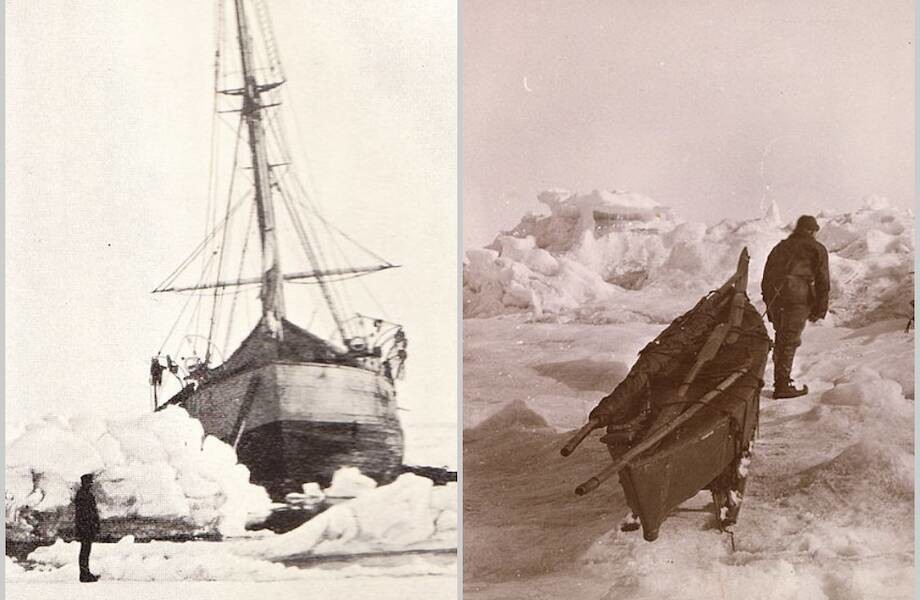
In the 19th century, not much was known about the North Pole: is there is it dry land or is it completely covered with ice, what currents are there, is it possible cross the North Pole by ship. So far, in scientific circles, no consensus on who reached the "top" of the Earth first: among researchers are called Frederic Cook and Robert Peary.
One of the explorers of the North Pole at the end of the 19th century was Norwegian Fridtjof Nansen. He had a theory that through the Northern pole passes the polar current, which is directed from the islands to Siberia to Greenland. This means that you can cross the pole directly along the drifting ice on the ship, which is able to withstand the strong pressure of the ice. 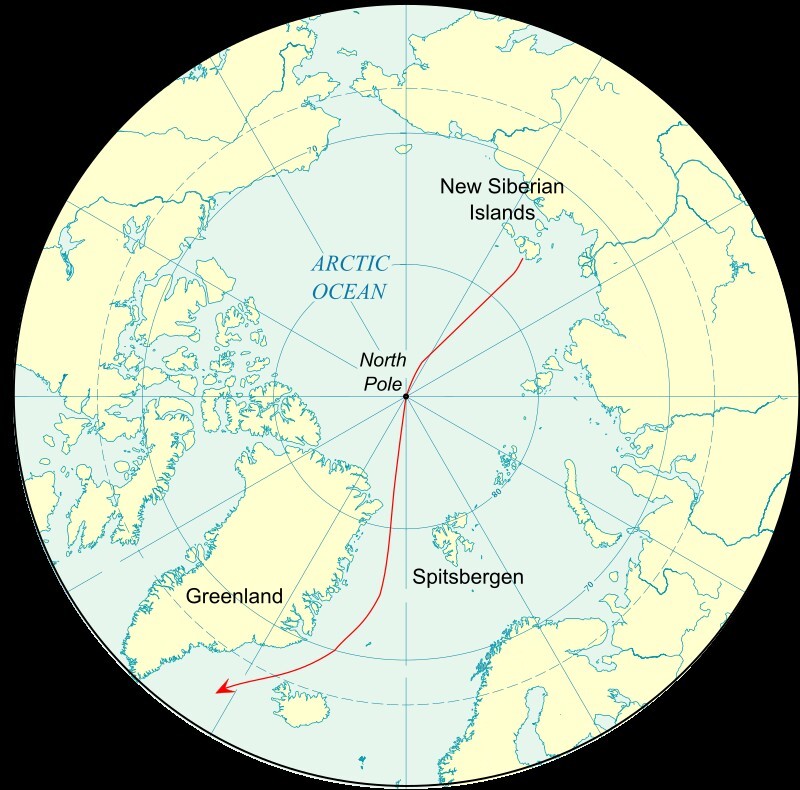
This is how the plan for passing through the North Pole looked thanks to drifting ice
His theory was received with great skepticism by the scientific community: American researchers smashed it to smithereens, counting suicidal researcher, among the British there were also very few scientists who believed Nansen. Nansen's home country supported, all the more if he discovered land, it would become part of Norway. Same Fridtjof was also supported by Russian scientists. 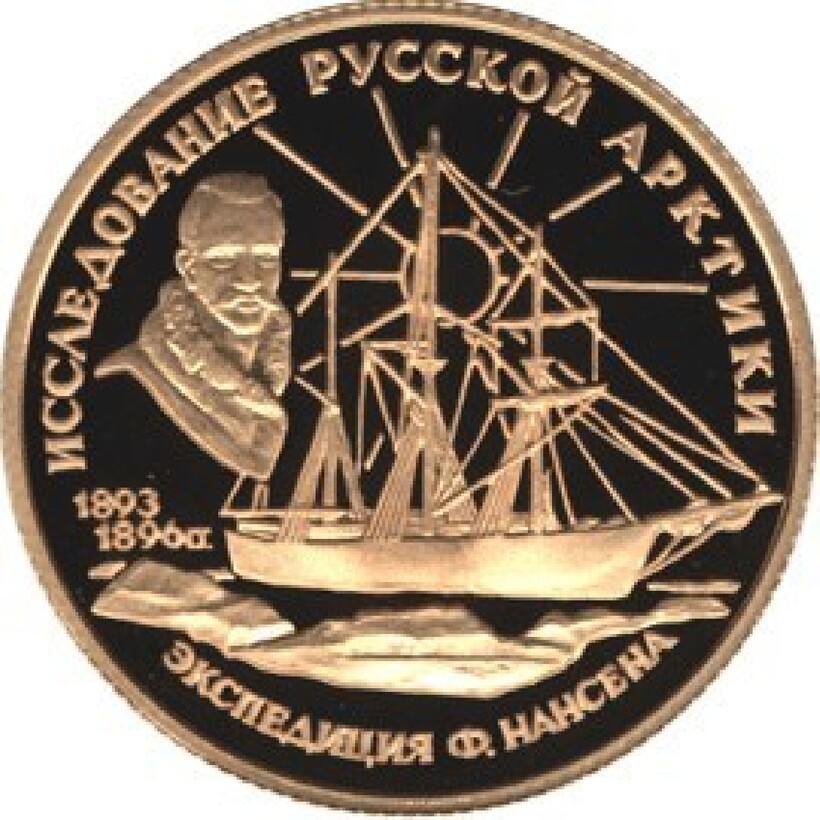
Bank coin dedicated to the expedition
The Norwegian was given maps of all the settlements on northern Siberia, and polar explorer Eduard Toll went to the New Siberian Islands to lay three evacuation bases with provisions. In addition, I bought for Nansen sled dogs that could be useful during the polar expeditions.
The Norwegian explorations lasted three years from 1893 to 1896. When Nansen realized that the drifting ice would not lead him to the North pole, he tried to reach the goal on skis: Fridtjof, along with his colleague Hjalmar Johansen went on an expedition on skis and sleds, side by side with sled dogs. 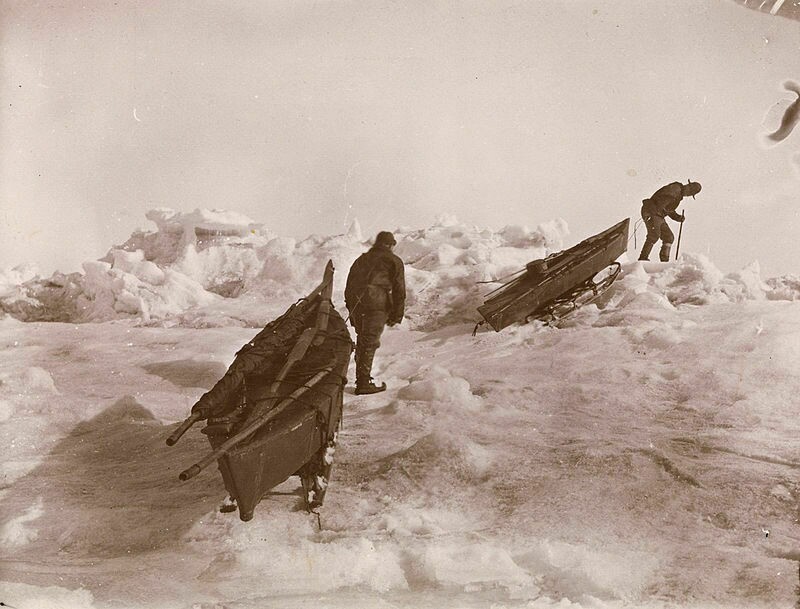
Explorers drag kayaks across the Arctic ice
Nansen was never able to reach the North Pole, but his sailing was the first polar journey in the history of the XIX century, during which all crew members survived. From this trip survived photographs showing the courage of polar explorers, the harsh conditions of their life in the middle of the ice. Here are seventeen of the brightest pictures, demonstrating the strength of the human spirit and selflessness of people, who went into the unknown to conquer new corners of the Earth.
The vessel was designed specifically for risky navigation: the rounded hull was supposed to withstand the arctic ice. By idea, a ship of this shape will not be crushed by ice, but will rise above them and will drift along with the ice cover. 

Polar explorers took their health seriously, and riding skiing was an important way to keep yourself in good physical shape. 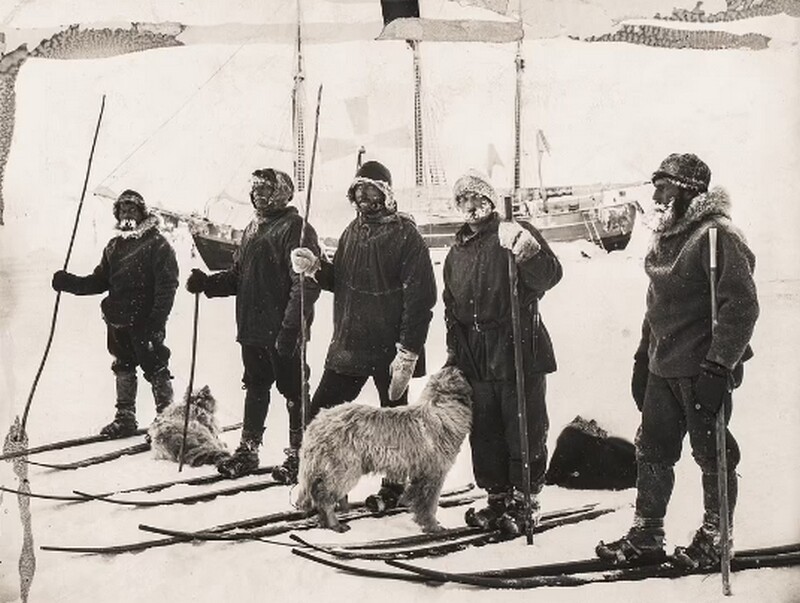


Before that, Nansen wrote a farewell letter to his wife and child: he was not sure that he would return. 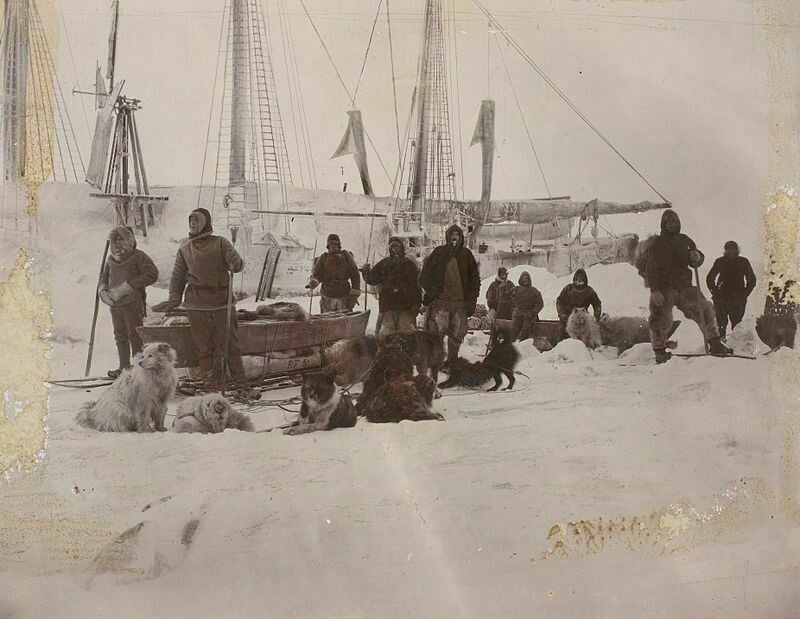
Although the Norwegians did not reach the Pole, they did up to 86° 13’ 36’’ s. sh. and broke the record at that time. Nansen decided to return, as the conditions of the expedition were unbelievable difficult: the temperature dropped to -40 grhell, it was very difficult to go, and the researchers themselves received frostbite and failed several times under the ice. 
The scientists built the hut for a month, and spent another severe winter. In May, the researchers moved to Svalbard, planning way to get to the mainland. 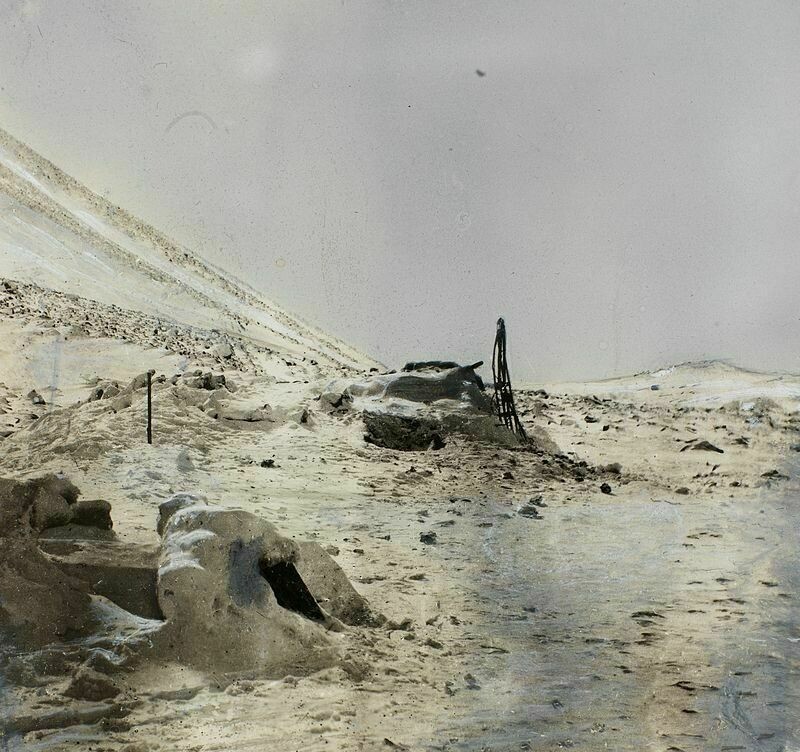
Although this photo is staged, just imagine how such a meeting was incredible, when there were ice for kilometers around. Nansen and Johansen met the British expedition by chance on June 17 and lived with them for a little over a month. At the end of July, the Norwegians were taken by a yacht Windward and took her home. 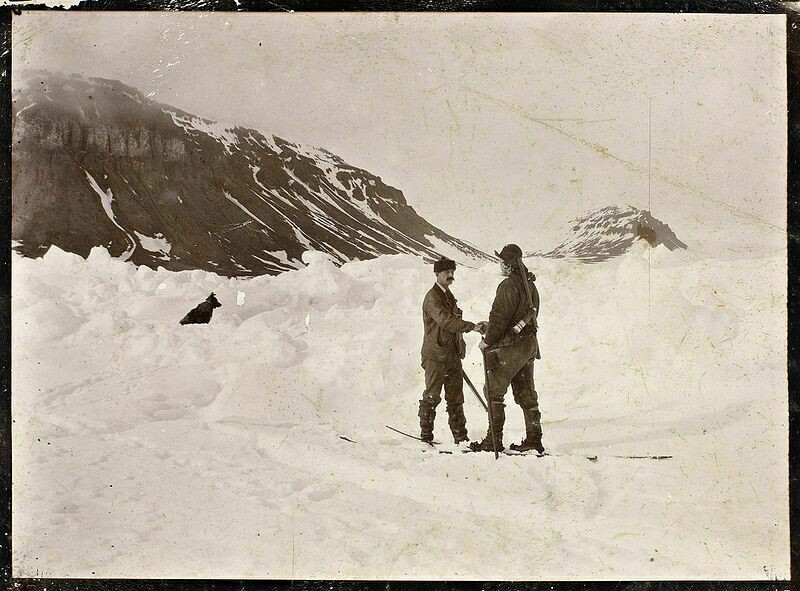
As for the Fram, it really drifted in the ice, but not in the direction Nansen intended. In May 1896 the research vessel once again squeezed the ice into its vise, but due to warm weather, a polynya formed, along which the ship sailed to open sea, and then headed home to Norway. "Fram" moored ashore a week after Nansen's arrival: the crew reunited after a long 17 months. Despite this crazy journey in the cold, polar explorers did not even lose weight: chapter expedition gained 10 kg, and his friend Hjalmar - 6 kg. This meant that Fridtjof very skillfully calculated all the provisions and perfectly prepared for expeditions. 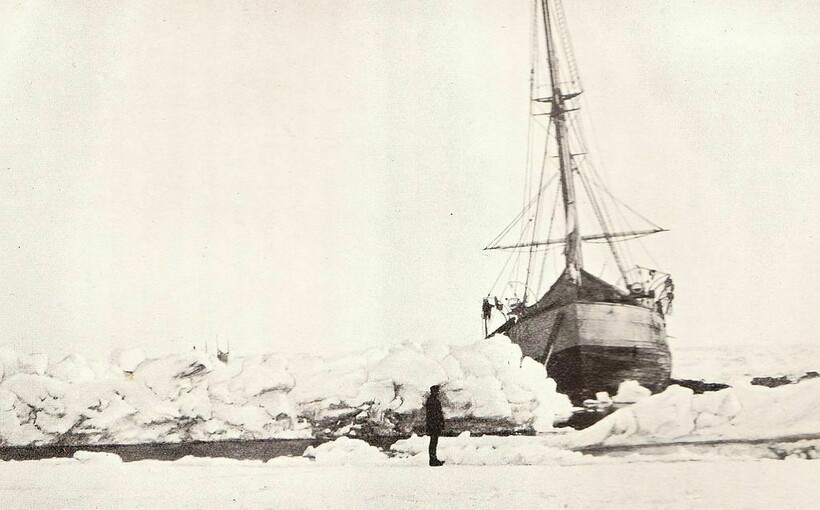
Although Nansen did not reach the North Pole, he became one of the most successful explorers of this harsh place. The Norwegian also proved that there is no land here, but only drifting ice, which is unpredictable. Of course, hiking in the company of dogs has become a real feat and a bright one. an example of how strong the polar explorers were and how a person can win even under very difficult circumstances.









